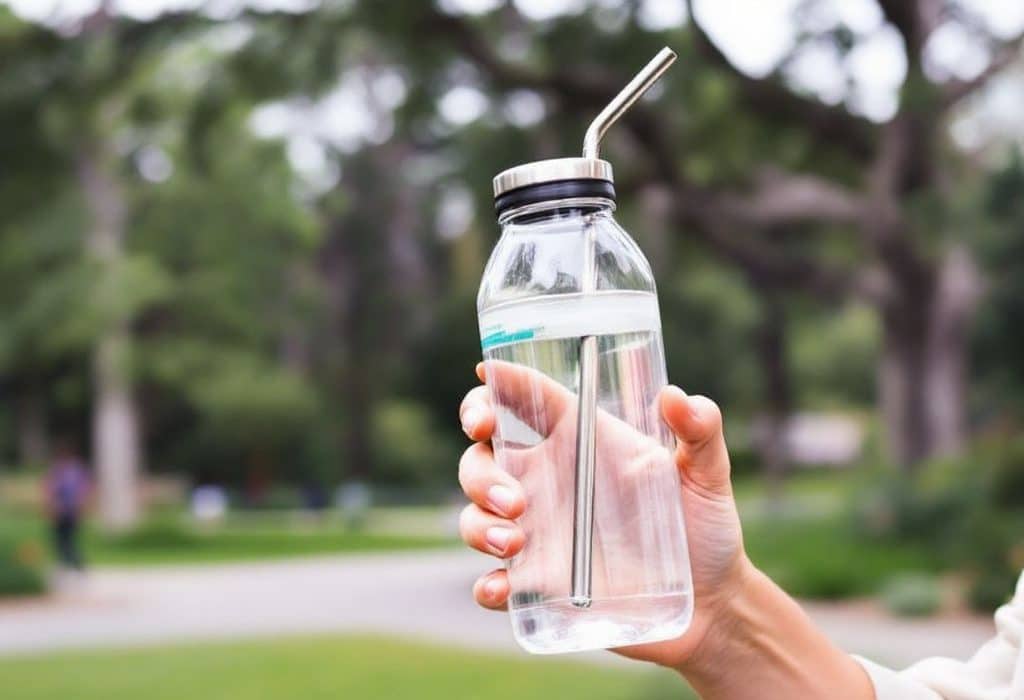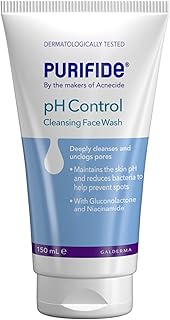The decision to transition towards a zero-waste lifestyle often stems from a desire to live more sustainably and contribute positively to the environment. However, I confess that my journey hasn’t been without missteps and surprising realizations. My hope is that by sharing my experiences, others might navigate their paths more smoothly, armed with insight and realistic expectations. So, let’s embark on this enlightening exploration of zero-waste living, enhanced with lessons learned, practical advice, and a dash of humor to keep things real. 🌍
The Starting Line: Expectations Vs. Reality
When I first decided to adopt a zero-waste lifestyle, I was buoyed by visions of a perfectly minimalistic home, inspired by the ranks of Instagram influencers who made it all seem so easy. Their kitchens were miraculously devoid of clutter, their bathrooms pristine paragons of sustainability. But it’s worth noting that expectations are a double-edged sword.
**What I Wish I Knew:** **Understand Your Why Before Your How**
I started my zero-waste journey with sweeping changes but little understanding of why I was implementing these changes beyond the aesthetics or trend. The primary igniting factor should always be a deep, personal understanding of why you are choosing this path. Are you motivated by environmental impacts, health benefits, economic factors, or ethical reasons? Knowing the answer will anchor your commitment, especially when challenges arise.
Small Adjustments Yield Big Changes
In the quest for a zero-waste lifestyle, it’s easy to feel overwhelmed by the perceived need for drastic change. However, breaking down large goals into manageable tasks can prevent burnout and encourage sustainable practices.
**Do This, Not That:**
- Do start small. Swap disposable plastics for reusable options like a water bottle or stainless steel straws.
- Not That: Overhaul your entire wardrobe at once to only include sustainably produced clothing. Start with smaller purchases and replace gradually as needed.
Real-World Application: Prioritize a **plastic-free bathroom journey** by first removing stand-alone, non-recyclable plastic product containers. Opt for items like bamboo toothbrushes and solid shampoos bars. 🧼
The Zero-Waste Beauty Routine Revelation

A pivotal element in my transition was creating a zero waste beauty routine. Initially, I assumed this meant scrapping all current products in favor of green alternatives, but this approach was neither practical nor necessary.
**Expert Tips for a Zero Waste Beauty Routine:**
- Simplify Your Skincare Regimen: Analyze your current routine to identify what works. Zero-waste doesn’t mean ineffective; it means pared down and deliberate. Native ingredients such as cocoa butter and coconut oil can replace multiple products.
- Single Ingredient Efficacy: Look for products with fewer ingredients but proven efficacy. For example, rosehip oil can serve as a moisturizer, anti-aging serum, and makeup remover, streamlining your daily ritual.
- DIY With Caution: Many enthusiastic beginners attempt to recreate complex commercial formulations, leading to frustration. Start with basic mixes, like oatmeal scrubs or honey face masks, which are not only safe but gentle.
Through these practices, I’ve streamlined my regimen, reducing clutter and promoting sustainability. This offers more than environmental benefits; financially, it’s a sound decision, as average costs diminish with fewer unnecessary purchases.💄
Navigating the Market Myths
The zero-waste market can be daunting to navigate, rife with products claiming unmatched eco-friendliness. Learning to identify true sustainability is crucial and demands a critical eye.
**Common Pitfall: Falling for Greenwashing**
Greenwashing is the act of giving a false impression or providing misleading information about how a company’s products are environmentally sound. Here’s how to avoid it:
- Read and Compare Labels: Genuine biodegradable products, for example, explicitly list their composition, offering transparency about certifications.
- Research Brands: Before purchasing, delve into brand backgrounds. Opt for those openly publicizing sustainable practices over those relying solely on trendy marketing tactics.
Knowledge is power, and understanding materials, sourcing, and product lifecycles empowers you to make informed decisions.
Everyday Zero-Waste Decisions: Food & Fashion

Shifting to sustainable options extends beyond individual habits to community culture, necessitating conscientious choices concerning what we eat and wear. 🌱
Food Forthought: Sustainable Consumption
Embarking on a sustainable food journey has forced me to rethink how I consume. Composting was a game-changer, dramatically reducing our family’s landfill contributions by utilizing what would otherwise be waste.
Actionable Advice:
- Buy Locally and Seasonally: Support farmers markets and local producers to decrease the carbon footprint associated with transportation.
- Meal Plan: Planning meals leads to less food waste. Any excess can be composted or repurposed creatively, fostering a cycle of efficient resource use.
- Bulk Buying: Embrace bulk bins and bring your containers. It’s a win-win financially, environmentally, and it cuts down plastic.
Dressing The Part: Sustainable Fashion Choices
The fashion industry’s impact on the environment is more significant than many realize, so realigning how we shop can have far-reaching implications.
- Opt for Durable Pieces: Invest in classic, high-quality clothing rather than fleeting fashions that likely end up discarded.
- Give Secondhand a try: Thrift shopping isn’t just economical; it prolongs the lifecycle of garments and reduces demand for new resources.
These steps have introduced mindfulness into daily routines that extend beyond my initial motives to every facet of life.
Confronting Challenges: Adaptability is Key
Despite the positive outcomes and discoveries, my journey hasn’t been flawless. One surprising obstacle was adjusting to social expectations and pressures.

**Handling Social Situations:**
- Be Prepared: Bring your reusable kit (utensils, cup, wrap) to events with potential for excess.
- Open Conversation: Sharing your initiatives with friends can inspire. Don’t evangelize to a fault but consider it a chance to explain the “why.”
When accidents or non-compliance happen, stay compassionate with yourself. Imperfection is not occasional failure. The route to a zero-waste lifestyle is nuanced, demanding grace and resilience.
A Growing Community: Tips That Have Transformed My Path
Discovering a community invested in similar goals provides much-needed support and motivation. Following resourceful bloggers/youtubers like Kathryn Kellogg and Bea Johnson, reading materials, and engaging in forums has been a treasure trove of wisdom.
**Practical Community Tips:**
- Join Forums: Participate in groups like r/ZeroWaste on Reddit. Knowledge-sharing collars both rookies and veterans bolster encouragement and advice.
The integration into outdoor efforts, alongside like-minded individuals nurturing sustainable environments benefited emotionally, reinforcing my resolve.
The Eco-friendly Future
One thing is sure; transitioning to a zero-waste lifestyle is emotive, sometimes circuitous, and deeply personal. What began as an attempt to “do good” became an introspection journey, nurturing holistic living.
🔍 **Reflective Insight**: An invaluable lesson remains recognition of one’s place within systems rather than cohorts above them. It demands active participation—rethinking consumption patterns, challenging norms, experimenting bravely—and remains liable to ambivalence yet creates tangible progress with tangible action.
So, take what resonates, smile graciously at your faults, and step bathed in radiant humility into promises forged within our hopeful provisions on each action. Unquestionably achievable, consistently worthwhile—empower yourself on your zero waste journey.💚
—
The path to meaningful sustainability exists not as a constrained objective but as undercurrent evolution upon vibrant green-threaded community. Propel knowledge forward; reimagine mobility through steady steps held beneath kindness-filled action—you, too, capable conservation-embracing pioneers!
Frequently Asked Questions
What are the benefits of using a hair mask in my hair care routine?
Using a hair mask can provide several benefits, including hydration, smoothing, strengthening, curl definition, heat protection, and damage repair. Hair masks infuse the hair with moisture, help coat the hair shaft to seal split ends, reduce breakage, and protect the hair from heat styling and environmental damage[1][4].
What ingredients should I look for in a hair mask?
Effective hair masks often include ingredients such as coconut oil, argan oil, shea butter, honey, avocado oil, green tea, and coconut water. These ingredients provide nourishment, moisturize, and protect the hair, offering benefits like softening, moisturizing, and protecting against damage[2][5].
How often should I use a hair mask in my routine?
You should use a hair mask whenever your hair feels dry, unmanageable, or in need of intense hydration. This can vary depending on your hair type and needs, but generally, using a hair mask once or twice a week can help maintain healthy and moisturized hair[1][4].
How do I apply a hair mask for the best results?
To apply a hair mask effectively, shampoo your hair first, then apply the mask, focusing especially on the ends where hair tends to be the most damaged. Leave the mask on for anywhere from 10 minutes to overnight, depending on the type of mask and your hair’s needs[1][4].
References


